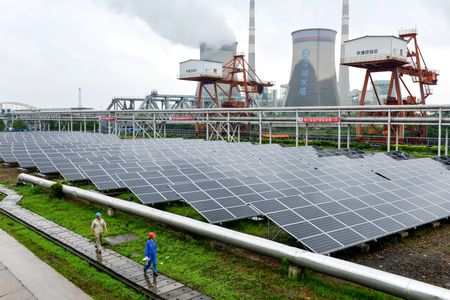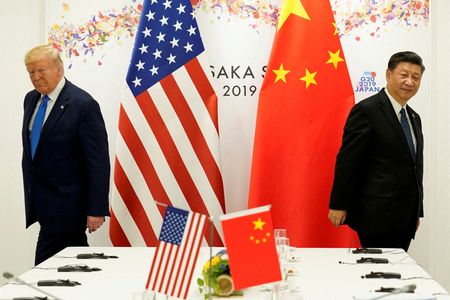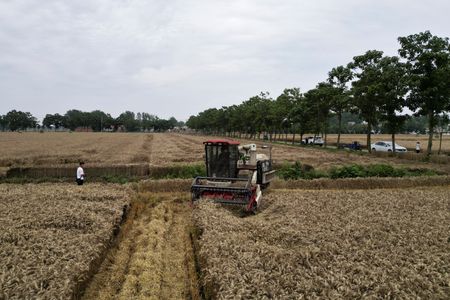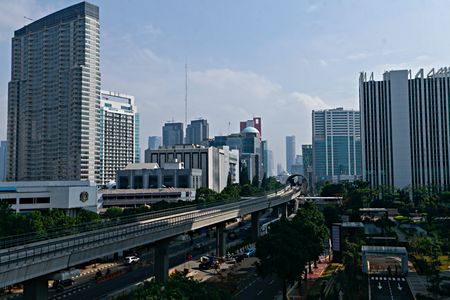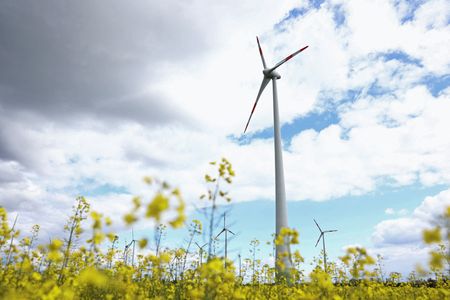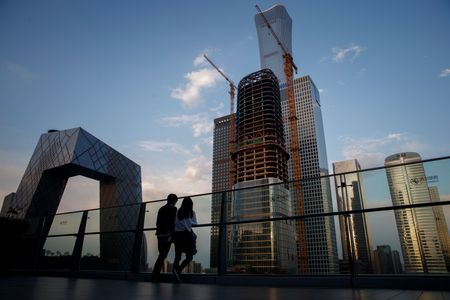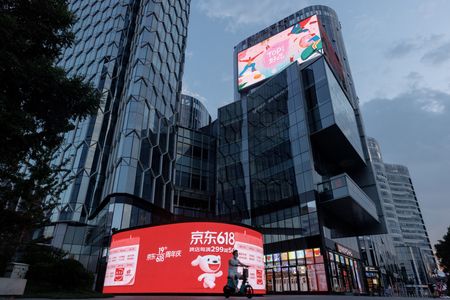By Colleen Howe
BEIJING (Reuters) -China’s renewable power potential in far-flung provinces is increasingly going unused, official statistics showed on Monday, as the country rushes to build more long-distance transmission and energy storage to bridge the gap.
The curtailment rate for solar power rose to 6.6% in the first half of 2025 from 3.9% in the same period a year earlier while the rate for wind rose to 5.7% from 3%, according to the National New Energy Consumption Monitoring and Early Warning Center.
Curtailment refers to how much grid managers have to limit the amount of power coming into the grid to maintain a balance with demand or due to grid infrastructure constraints.
China has a national-level limit of 10% curtailment for renewables, a figure it relaxed last year from 5% previously as it became harder to incorporate rising amounts of renewable energy into the grid.
China added 268GW of new solar and wind power in January-June, according to the energy administrator – nearly equal to all of the wind and solar the United States has ever built.
On the curtailment front, China’s national-level figures masked a larger increase in some renewable-heavy provinces.
Tibet curtailed 30.2% of its wind power in the first half of 2025 compared with 2.3% a year earlier. It curtailed 33.9% of its solar power, up from 5.1%.
Qinghai in the northwest curtailed 15.2% of its solar power, up from 8.8%.
Regions with higher electricity demand continued to report low curtailment rates, including none in the megacities of Shanghai and Chongqing as well as in Fujian province.
Underutilisation of renewables is spurring China to switch its focus from rapidly building renewable plants to making sure more of their power gets into the grid, analysts say.
“China will still push for decarbonisation, but not necessarily on renewable installation. China might switch its policy focus or target focus from installation volume” to utilisation, Natixis economist Haoxin Mu said.
More energy storage is needed, Mu said, which could help increase renewable utilisation by storing excess power when supply outpaces demand.
Rising curtailment is also one reason China is investing in projects like the world’s largest hydropower dam in Tibet, analysts at BMI said in a July note.
Unlike wind and solar, hydropower is dispatchable, meaning output can be adjusted based on demand.
China is also responding to increasing curtailment of non-hydro renewables over the past two years by building more high-voltage power transmission, the BMI analysts said, to move electricity from huge power plants in the west to electricity-hungry cities in the east.
(Reporting by Colleen Howe; Editing by Hugh Lawson)

